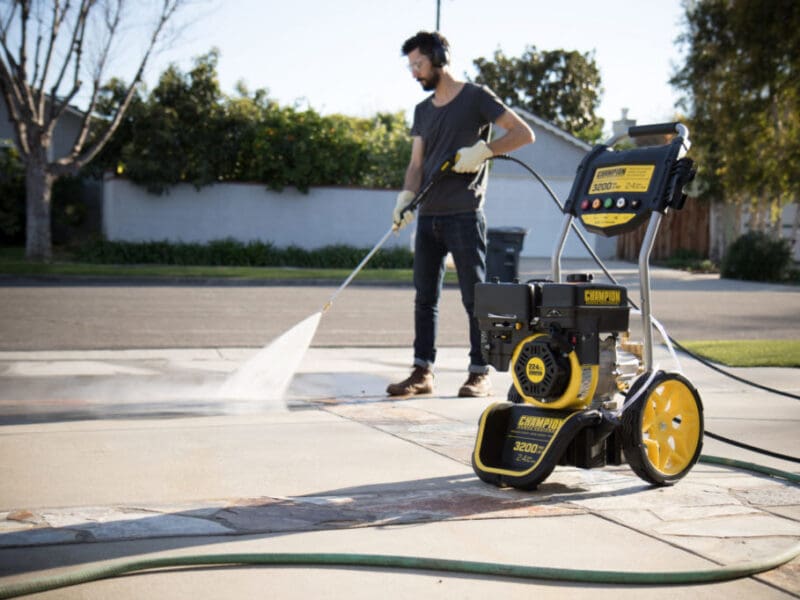
A Guide to Quality Inspection of Soft Toys
Introduction
A few recall cases involving soft toys have recently surfaced. It is advised that soft toys exported to the United States or Europe avoid any potential separation of small parts, like animal eyes, which can present a choking hazard. Before being placed in children’s hands, soft toys must undergo a quality control inspection to guarantee their durability and safety.
Preparations Needed Before Inspection of Soft Toys
Check against the reference samples or pictures the client provided, the gift box and instruction manual, and any information the client provided for the inspection, such as the inspector’s arrival time and the factory’s address. Please note any discrepancy in the report with specific emphasis if it was detected.
Primary Tests Conducted During the Inspection of Soft Toys and Children’s Product
We inspect more than 25 safety tests for the physical and mechanical qualities of the safety standard. We also consider a toy’s size in case there are choking hazards. The four basic tests for inspecting toys are presented below.
First Objective: Identifying Threats That Could Lead To Choking
The most common safety threat was small, easily ingestible, or breakable parts. Therefore, inspectors will conduct some inspections to determine whether toys or other children’s products pose a significant danger of choking.
- Tension Test
Tension test examines whether the soft toy’s tiny pieces will come apart from its main body when tension is applied. It examines the product’s choking risk as well. During this test, the lab technician pulls on the soft toy with force similar to a child’s strength. If a bit of part that poses a choking hazard breaks lose, it is not regarded as a safety toy.
- Impact Test
The impact test ensures that the soft toy won’t shatter into any tiny bits that, if startled, could suffocate a youngster. The inspector of the soft toy will drop a weight on a small toy during this inspection to see whether any pieces fall loose and present a choking hazard. If the toys are undamaged, the soft toy is safe.
Second Objective: Prevention of Injuries
The goal and objective of the test are to find out if the soft toy has the potential to hurt people physically. Examples of typical wounds include puncture wounds and lacerations.
- Cutting Edge Test
For this inspection, a soft toy is placed against a rotational rod wrapped in sticky paper. If the paper is torn, the edge is known to be cutting. The soft toy is considered safe if there aren’t any tears in the paper covering the revolving rod.
- Sharp Point Test
The sharp point test can determine whether a soft toy’s protruding parts are sharp enough to hurt children when they play with them. The intelligent device detects when a soft toy’s point is too sharp. Additionally, it will alert the technician visibly by switching on a red LED. This red light can be used to warn the lab workers that the soft toy is unsafe.
What Safety Requirements Apply To Soft Toys? Some Common Things to Look For When Inspecting Children’s Soft Toys
When inspecting soft safety toys, keep an eye out for the following verified characteristics:
Food Contact
When eating, kids may bring their toys with them. The quality inspectors of the soft toys will therefore determine if they are child-safe if they come into contact with food. It lets the children simultaneously eat their meals and safely play with their toys.
Cleanliness Of Stuffing Material
The inspector will examine the stuffed soft toys’ material to ensure the materials are not harmful. Otherwise, if children consume dangerous things, their health could be in danger.
Safety Of Battery-Powered Soft Toys
Robots and electric automobiles are examples of toys that use powered by batteries. If children happen to consume it, the batteries it contains could be dangerous to them.
The inspector will thoroughly examine the safety of the battery-powered soft toys to ensure they are suitable for children. Additionally, they will look to see if batteries are available. If batteries are difficult to obtain, children will take them out and consume them.
Assessment Of Product Risk
Inspector will look for potential hazards in the soft toys that could harm children. For instance, they will look for sharp edges on the toys that could hurt kids. Following the features of the toys, a different assessment of product risk will be done for each soft toy.
Suitability For Use
The inspector typically determines if the soft toys are appropriate for youngsters based on this factor. For instance, are soft toys deemed to be traumatizingly frightening for children? Or if the children could experience any negative consequences from the soft toys? If the soft toys are safe for kids’ mental and physical health, the inspector will carefully inspect them.
Labeling And Age Grades Assessments
Children can be divided into the following groups: newborns, preschoolers, toddlers, and adolescents. Some toys are appropriate for young children, while others are for newborns.
In this labeling and age grades assessments, the inspector will determine which age range of children the toys are appropriate for. Additionally, it ensures that the soft toys are suitable and safe for kids’ mental or physical development.
Additionally, this assessment will look at each label on the package for the toys. It contains labeling for age groups, materials, and other things. The inspector will verify each label’s accuracy to guarantee that the customer receives the correct information.
Packaging Waste And Packaging
To reduce non-biodegradable waste, the packaging is essential. To determine if the toy packaging is deemed waste, the inspector will inspect it. The inspector will advise using packaging that can be recycled or used again. Labeling any packaging that poses a danger of suffocation to children is also essential.
Safety of EMC And Electric Toy
EMC is referred to as Electromagnetic compatibility. It is a test to see if electric toys may release dangerous electromagnetic radiation to kids. A toy is safe for kids if it does not emit electromagnetic waves while being used.
Toy Standards Regulations, Safety Labels, And Certifications
The safety certificates and labeling serve as recommendations that shield children from risky toys. The inspector will evaluate the product’s safety and issue the toys with safety labels and certification. Customers can also check the soft toys’ certifications and safety labels to see whether they are appropriate for their children.
Chemicals: Lead/CPSIA, Heavy Metals, Phthalates, Restricted Compounds, RoHs
Toys can be recalled for various reasons, including dangerous lead levels, choking hazards, fire dangers, and other problems that make them dangerous. Therefore, the inspector will check if the toys contain hazardous substances like phthalates, leads, etc. If the toys contain certain chemicals, they are unsafe and won’t pass inspection.
Conclusion
That wraps up with “A Guide to Quality Inspection of Soft Toys.” While there is still more to be learned beyond what has been explained in this post, the basic information has already been provided for your benefit. To take advantage of some of the best techniques in ensuring your company’s soft toys do not pose a hazard to the demographic they are directed at, EC Global Inspection is your best bet. Check our page for more information.







